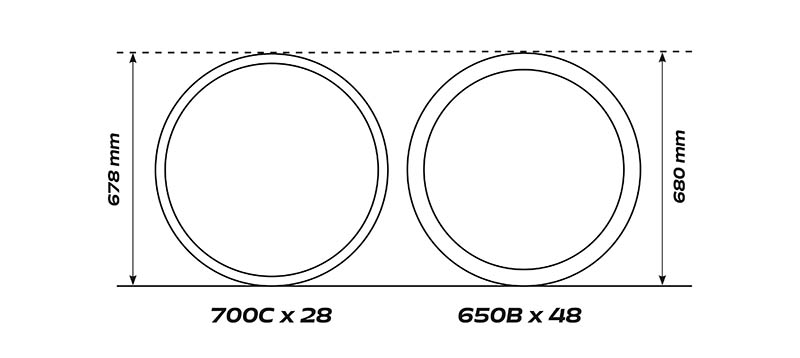Myths Debunked: 700C Wheels Are NOT Faster
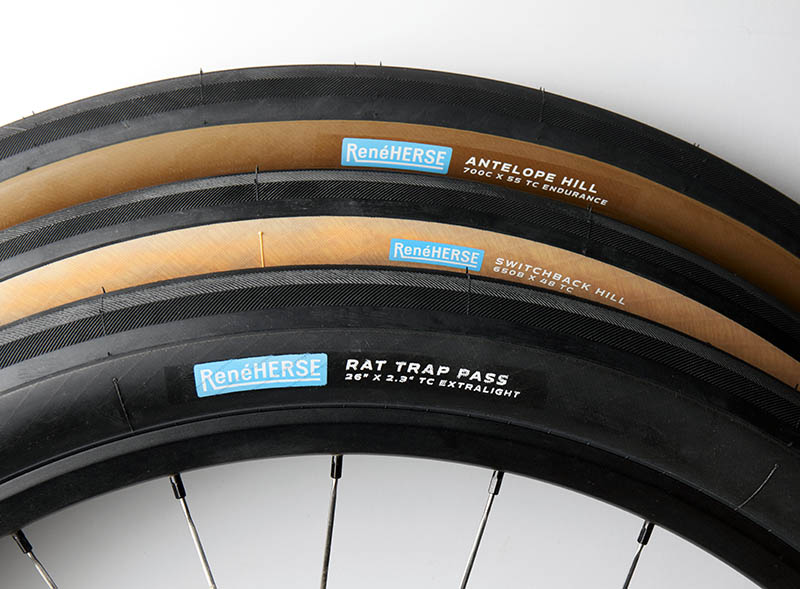
When we started this series to celebrate Bicycle Quarterly’s 15th anniversary, we thought we’d eventually run out of myths. But it seems that new ones are created as fast as we can debunk old ones. The latest is “700C wheels roll faster than 650B.”
This is stated with the same certitude as the old “narrow tires are faster” – and it’s just as wrong. Simply put, there is no evidence that 700C wheels roll faster than 650B (or 26″), and much data to show that they all roll at essentially the same speed.
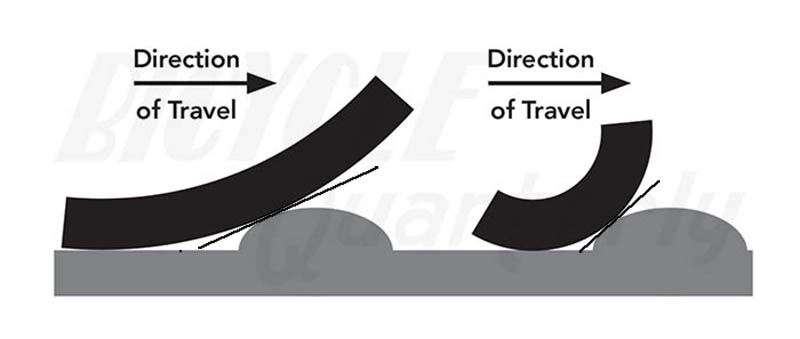
In theory, it’s compelling to believe that a larger wheel will roll over road irregularities faster: The angle of attack is shallower, and the larger wheel will roll up onto the obstacle, rather than bump against it.
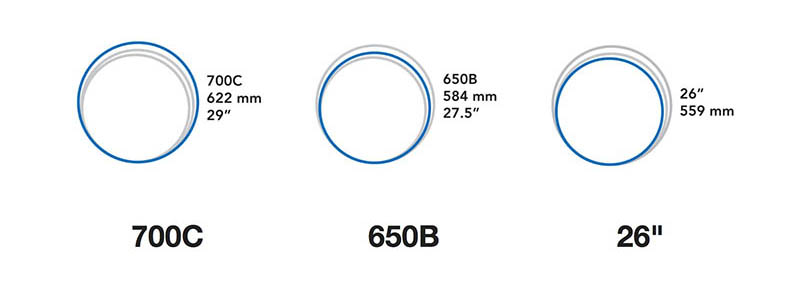
The reality is that the three most popular wheel sizes (above) are so close in size that the small differences are simply not important, even in an age of ‘marginal gains.’
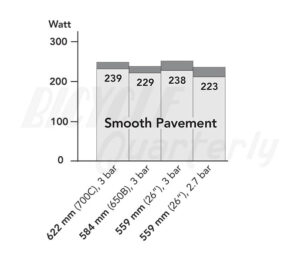
Our testing confirms this: On smooth pavement, all three wheel sizes rolled at the same speed.
We ran otherwise identical 42 mm-wide tires (Schwalbe Marathon HS) at identical pressure. The only difference was the wheel size.
The dark gray area of each column shows the ‘confidence interval,’ which overlap for all tires. The small differences you see are noise in the data. (Ignore the fourth column: We ran one tire at different pressure to make sure small differences in tire pressure didn’t affect our results.)
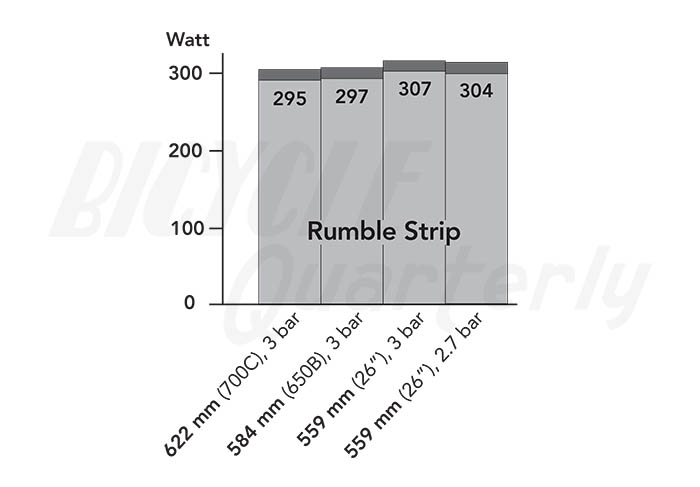
What about rough roads and gravel? Above is the same test on highway rumble strips – pretty much the roughest ground you can find. (We chose rumble strips because they are uniform, not random like gravel or cobblestones.) Again, you see the confidence intervals overlap – the three wheel sizes roll at essentially the same speed.
We’ve repeated these tests multiple times, with different methodologies (power meter, roll-down), always the same results: 700C wheels don’t roll faster than (slightly) smaller ones.
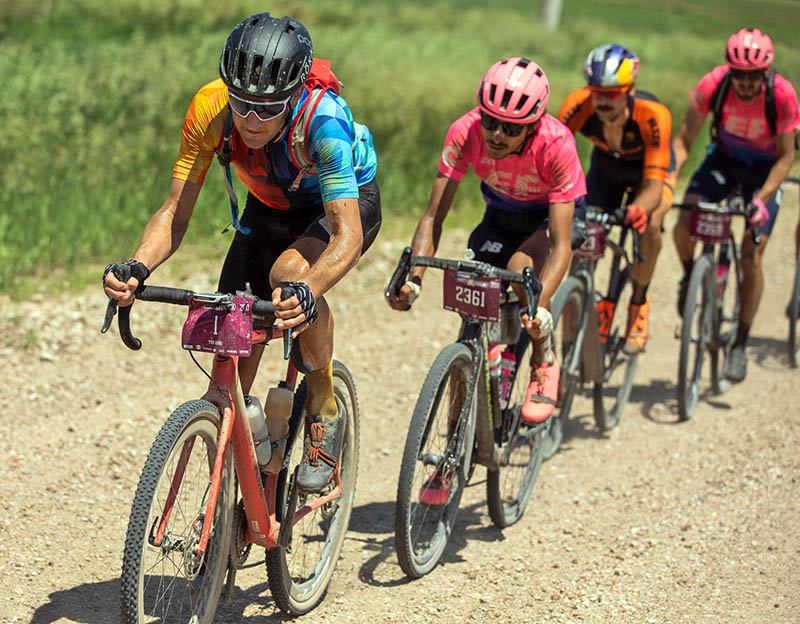
The real world confirms these results. Ted King has won Dirty Kanza on 650B and 700C tires, while most other racers were on 700C, because their sponsor’s bikes and wheels were designed for this tire size.
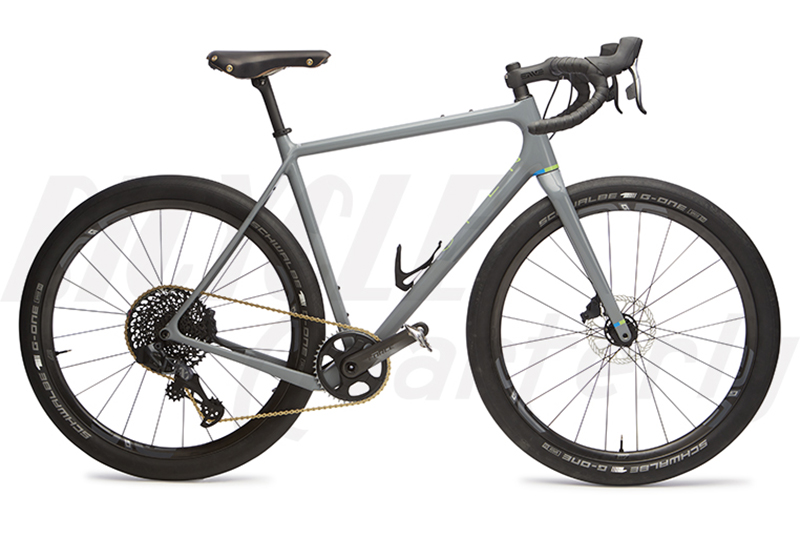
So where does this myth come from? Modern all-road bikes with disc brakes make it easy to swap wheels between 650B and 700C. Most riders use their 700C wheels on the road with fast-rolling racing tires. Their 650B wheels are shod with heavy gravel tires. And yes, the 650B wheels will be slower.
Of course, comparing supple and light 700C racing tires like the Vittoria Open Corsa CX or the Rene Herse Extralight with stiff and heavy 650B gravel tires like the Schwalbe G-One or the WTB Horizon makes little sense. The reason why the racing tires are faster isn’t the size of the wheels they are mounted on, it’s their supple casing. And if you made a 650B tires with the same supple casing, it would be just as fast. (We’ve done it and tested that, too.)
A 700C x 28 wheel has the same diameter as a 650B x 48 mm, so the angle of attack will be the same for both. This shows the absurdity of the argument. Of course, wheel makers want to tell you that you need two wheelsets, and tire makers would rather add a ‘fast-rolling 700C version’ to their lineup than develop a truly fast gravel tire.
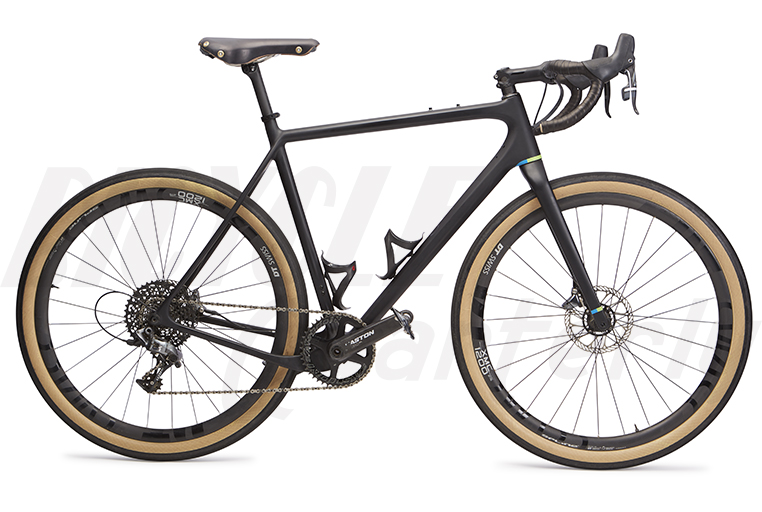
Our OPEN U.P.P.E.R. test bike is gone now, but while I rode it, I knew that the 650B wheels (shod with our 48 mm Switchback Hill Extralights) weren’t holding me back. Nor was anything else – this was one of the fastest bikes I’ve ridden.
The U.P.P.E.R. also illustrates why 650B wheels make sense on all-road and gravel bikes: A 48 mm-wide 700C tire would require longer chainstays (adding weight and flex where you don’t want it), it would cause toe overlap, and it would take away from the nimble handling that made the OPEN so much fun.
Wouldn’t the U.P.P.E.R. be even faster with 700C x 28 mm tires? That question brings us full circle to the first part of this series: Myth 1: Wider Tires Are Slower.
Of course, Rene Herse offers all three popular tire sizes: 700C, 650B and 26″. That way, you can choose what works best for you.
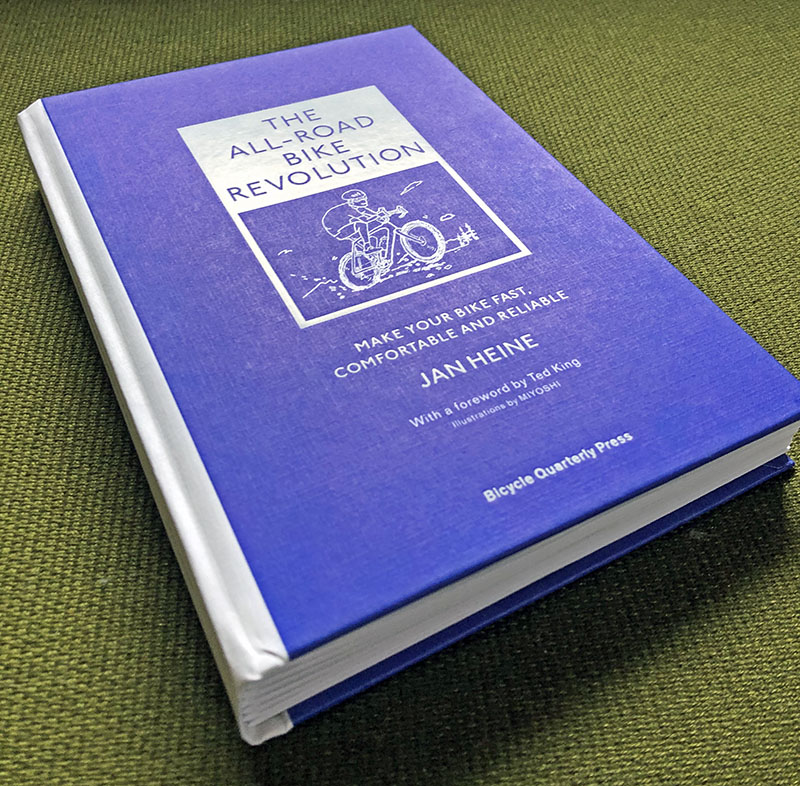
Update 11/17/2020: We’ve just published our new book ‘The All-Road Bike Revolution’ with all the research that has changed cycling in recent years. Find out why wide tires can be fast, how to find a frame that optimizes your power output, and how to get a bike that handles like an extension of your body. More information is here.


